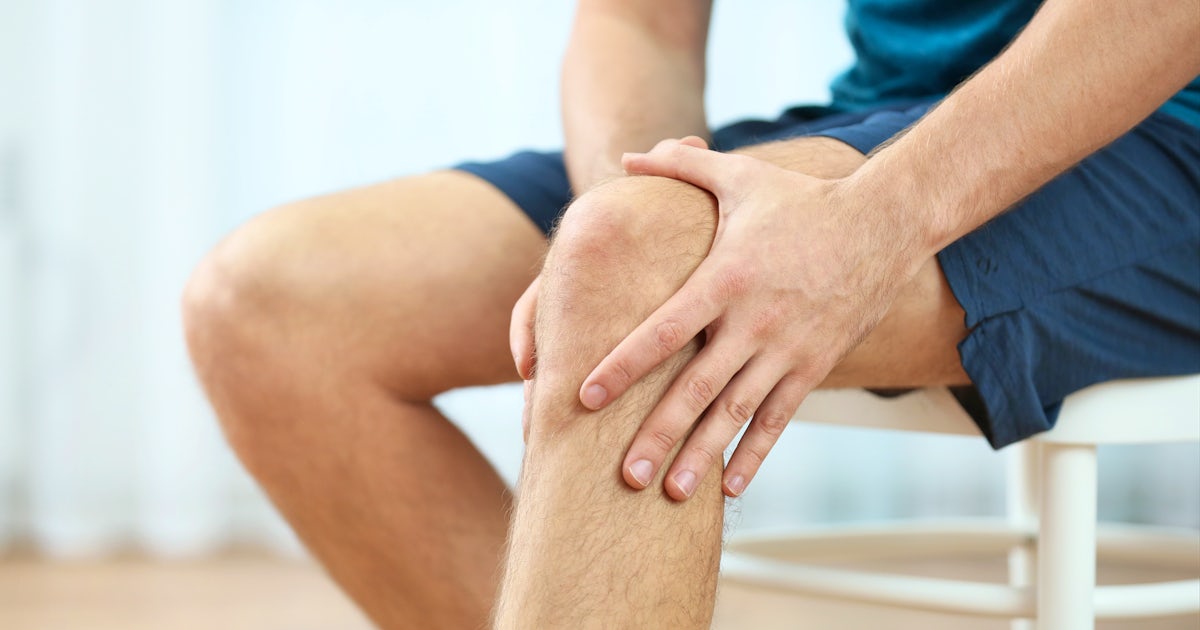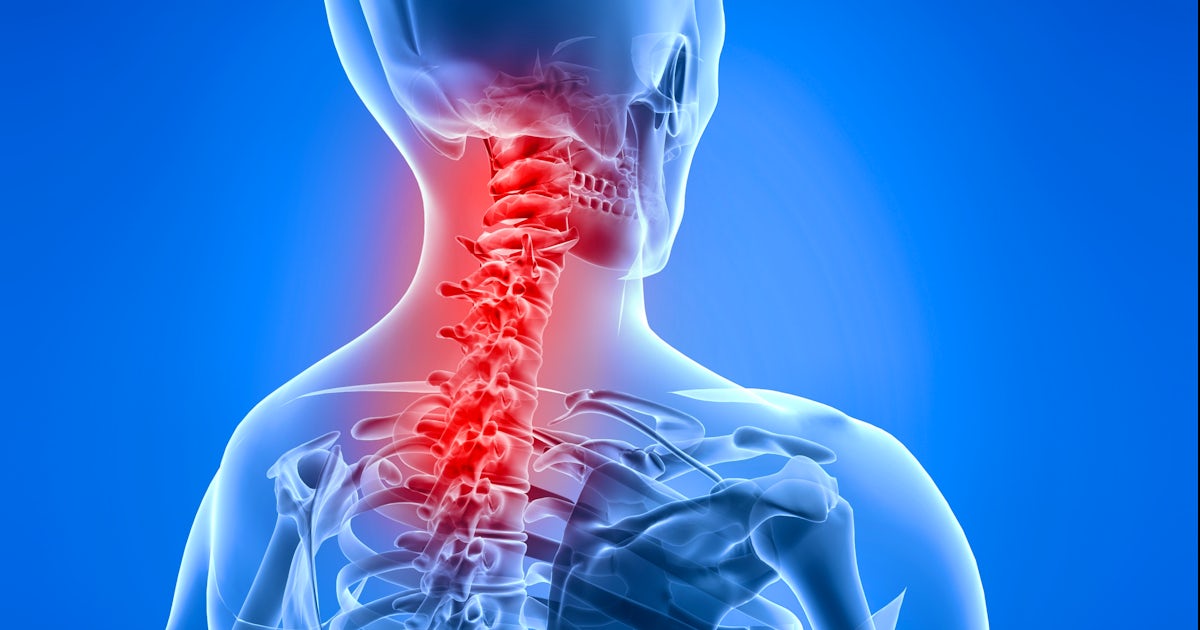I hear it every day; ” I thought all you guys work on is backs.” It is a very common misconception that all chiropractic is good for is back pain. While we are now the recommended treatment for chronic back pain by the AMA, chiropractic is effective in treating many other musculoskeletal disorders. Chiropractors are musculoskeletal specialists, trained in the diagnosis and treatment of musculoskeletal and nervous system disorders. Unlike medical doctors whom have a variety of different training, Chiropractic Physicians undergo 4 years of specific training in the anatomy of joints, muscles, and body biomechanics.
That being said, we have a plethora of knowledge on more that just the spine! Check out these 3 very common conditions below that Chiropractic commonly treats:
Headaches- Much research has been done on chiropractic care’s (spinal manipulation in particular) effect on headaches. Headaches can occur for many reasons, your Chiropractic Physician will complete an examination and determine the cause of your headaches before recommending treatment. Chiropractic care is specifically touted in the treatment ofTension (Cervicogenic) Headaches.It has been estimated that as many as 80% of common head aches are Tension (Cervicogenic) Headaches. These headaches are characterized by tightness in the neck, upper back, and head.Characteristically settling on the sides and front of the head after a long day.
Carpal Tunnel- Carpal Tunnel is a common condition that affects nerves in the neck, hands and wrist. In particular the median nerve is effected, which originates from the cervical spine. Often times, tight muscles, known as trigger points can be the cause of the characteristic hand and wrist pain. By freeing the joints and muscles around the nerve this may serve to lessen the pain and improve function.
Vertigo and Balance- Chiropractic Physicians are experts of the muscles and joints. Inside and around your joints aremechanoreceptors. These sensory receptors respond mechanical pressure (touch, vibration, etc.) and they are responsible for regulating proprioception. Proprioception allows you to know where your body is in space (balance!) There is much research that shows positive effects with spinal manipulation and increased proprioception and balance.
Keep Moving.


